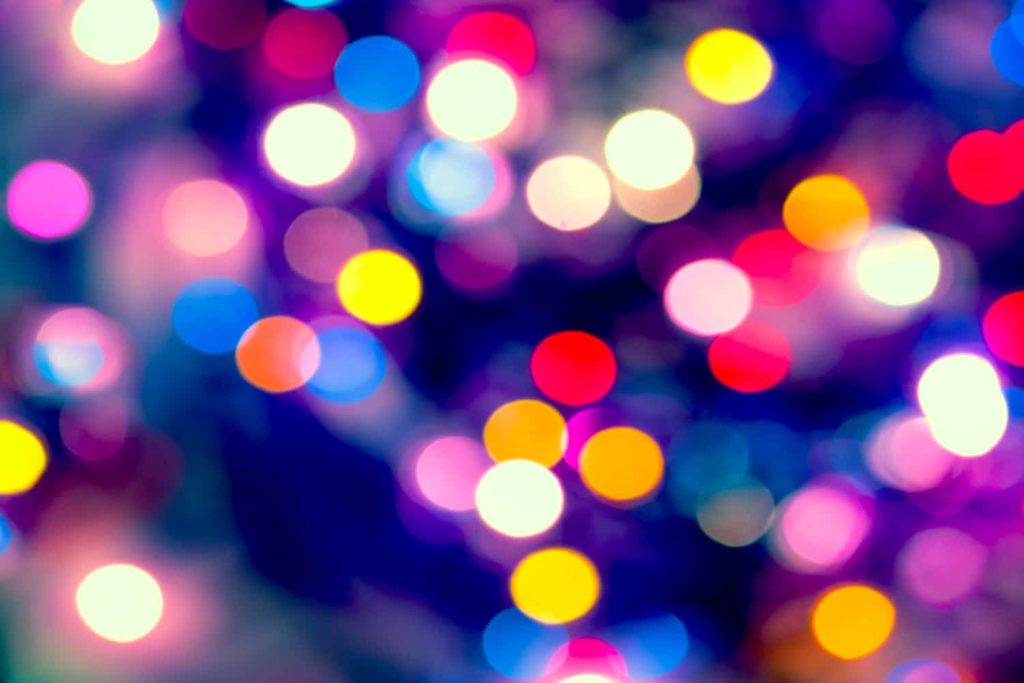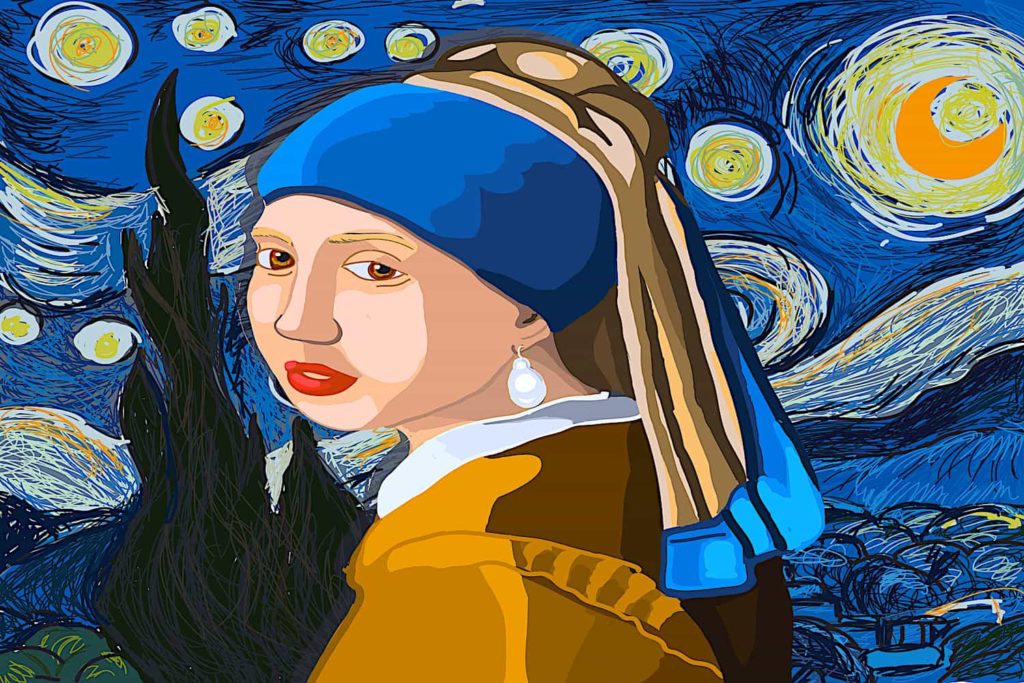
Other Light: Illuminating Creativity
The weather where I live is having wild mood swings: one moment there’s a snowstorm and the next moment it’s warm and sunny. After a cold snap, the temperatures rose yesterday to the mid-sixties, but it wasn’t just the weather that changed.
It was a warm day, but there was also a shift in the light. Even though we’re clearly still in winter, the light suddenly communicated springtime.

The change in the light, and the accompanying change I observed in people’s attitude and behavior, challenged me to reflect on this element that is so primary and yet often unexamined. Light plays an essential role in vision and optics, but also in culture and creative production.
Let There Be Light
Light as a reality and a symbol plays a pivotal part in all aspects of culture, whether we are conscious of it or not. Light and darkness are elemental in a variety of religious traditions. Forces of good are often portrayed as light itself, as in the psalmist’s depiction of the word of God: “Your word is a lamp for my feet, a light on my path” (Psalm 119).
Religious uses of light and darkness make their way into other literature and artistic production. In The Divine Comedy, Dante depicts proximity to God through increasing levels of light. Shakespeare inverts some of the typical portrayals of brightness in one of Juliet’s most famous descriptions of her love:
Give me my Romeo; and, when he shall die,
Take him and cut him out in little stars,
And he will make the face of heaven so fine
That all the world will be in love with night
And pay no worship to the garish sun.
(Romeo and Juliet, Act III, Scene II)

In visual art, whether it be painting, sculpture, or photography, light and shadow give form to the creator’s subjects. Although all visual artists are dependent on illumination, some painters like Vermeer and Caravaggio, are known as “masters of light.” Light is so elemental to artistic production, whether it be visual, textual, or otherwise, that the examples are countless.
Our Daily Light
Even if we are not involved in creating visual art, most of us are still concerned with light on a daily basis. We may prize spaces for their abundance of natural light. We install fixtures in our homes and arrange lamps for better illumination at night. We adjust our screens, so the light from our devices is easier on our eyes. We go out of our way to get the best light for our selfies to post on social media.
We use light figuratively in our speech so frequently that we don’t even realize it. How often do we say that someone “lights up” when they are enthusiastic about something? If someone comes up with a good plan, we might refer to it as a “bright idea.” Even our jokes are permeated with light imagery: “how many bloggers does it take to change a lightbulb?”
Even though light permeates our lives and our speech, we probably don’t pay much attention to the ways that illumination can inform our creative processes.
Illuminating Creativity
My preferred definition of creativity is the ability to make new connections for a productive outcome. The problem with this definition is that it is tempting to think of the elements to be connected as two physical objects of equal size, weight, or importance. This “typical” sort of connection reminds me of the old commercials for peanut butter cups that featured the constant argument over which was more important: the chocolate or the peanut butter.

Sometimes when we are making creative connections, however, one of the elements is of primary importance and the other plays a supporting role. One of the factors in the equation may not even be a physical object, but rather something more ephemeral.
Considering this, we might try exercising our creativity by combining a single element with an unusual or unexpected light. Illumination of different kinds could lead us to a unique and productive outcome.
In a Different Light
Changing illumination, whether literally or figuratively, can be used as part of our creative processes.
When we’re working with visual creativity, light plays an essential role, but we may not think of modifying it as a component of our creative method. When we paint or take photographs, for example, we often begin with the most standard lighting in mind. A painted landscape on a sunny summer day or photographs with soft light angled from above tend to be standards. Changing the light type (hue, strength, source) or direction (from below or from the side) are ways to adjust subtly or dramatically the final product. From drawing to decorating to video production, adjusting illumination is a technique that can enhance our visual creativity.

On the figurative end of the illumination discussion, we often refer to point of view as light. How often do we make statements like “seen in a different light” to refer to a change in perspective? When discussing creatives (and especially artists), people often privilege point of view over other traits, making comments such as, “she has such a unique perspective.” This is so much the case that many creatives, especially once they gain a measure of success, often get trapped within a singular point of view.
Even the most creative of us can come to see situations in only one light. For example, a father who organizes “family fun nights” may become myopic in his definition of “fun.” If these events always were to involve a board game with salty snacks, the family fun would wear thin. Seeing fun in a different light could open other possibilities, such as an evening at the children’s museum or a walk together while eating ice cream cones. Changing perspectives regularly by seeing situations “in a different light” is a way to boost our creativity in any realm, familial or otherwise.
Making Our Own Light
Light plays such an important role in our art, our creativity, and our daily lives that we frequently take it for granted. Paying attention to light, whether literal or figurative, can heighten our creativity.
Today the weather has turned cold and gray again. Gone is yesterday’s sunniness that invigorated people’s attitudes and actions. I can’t change the weather, but I can change my perspective. Even though I’m stuck with a day that’s gray, I’m going to try to recreate that springtime shine to spark my imagination.